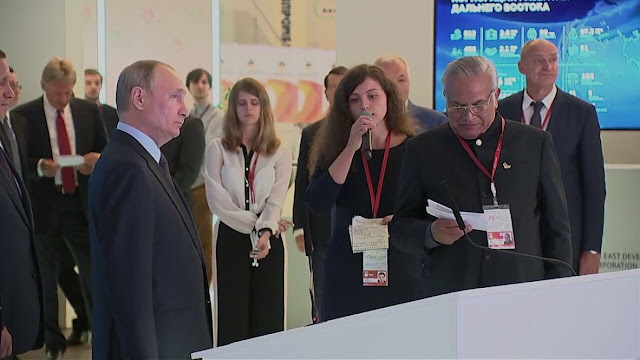How Are Small Diamonds Made?
Till now, you must have heard about large diamonds
making headlines. They always stand out for their sparkle, rarity, and value.
Big diamonds capture much of the attention in the markets. On the other hand,
small diamonds don’t get much fame as they are more common and more accessible
to buyers. But, what everyone doesn’t know is the way in which a small diamond
is planned and produced. Often used as accent stones, these diamonds are known
as Melee diamonds. According to fine jewellery wholesalers, there lies an incredible ingenuity and technical
accuracy behind the production of small diamonds. The smaller the diamond
piece, the more work it takes during its production. So, let’s have a look at
how these melee diamonds are produced.
Before heading to the production method, let's have
a look at how small a diamond can be. Diamonds in a smaller section can be tiny
to the naked eyes. For instance, a 5-point diamond is just 1/20th of
a carat. And, these can be as small as 0.001 ct. This means a piece of the
diamond can be truly miniature with details almost imperceptible.
You can now imagine how difficult it is to produce
and polish a small diamond piece equal to the size of grain with accuracy and
precision. Due to their small size, they
are typically cut in either of two ways: single cut and full cut.
Single cut diamonds
generally have 17 to 18 facets that give off a mirror-like shine. On the other
hand, full-cut diamonds have 58 facets and are technically a miniature version
of standard brilliance round cut. These diamonds are produced in bulk in
factories at numerous important manufacturing centres across the country.
In the past, smaller diamonds were mapped manually
and were far less profitable and accurate. Today, to make these small diamond
pieces marketable and profitable, manufacturers use a wide range of techniques
and technologies. Top 10 jewellery manufacturers also invest in high-end technologies like green laser
technology for diamond cutting to make the most out of their diamonds. With the
latest technologies, it has become possible to cut a gem as small as 0.6
millimetres with 58 facets.
The
Bottomline
When it comes to smaller diamonds, it is fascinating
to see how each piece adds to the beauty of the jewellery piece. Every tiny
improvement in technology can lead to significant improvement in the cutting
plan.




Comments
Post a Comment